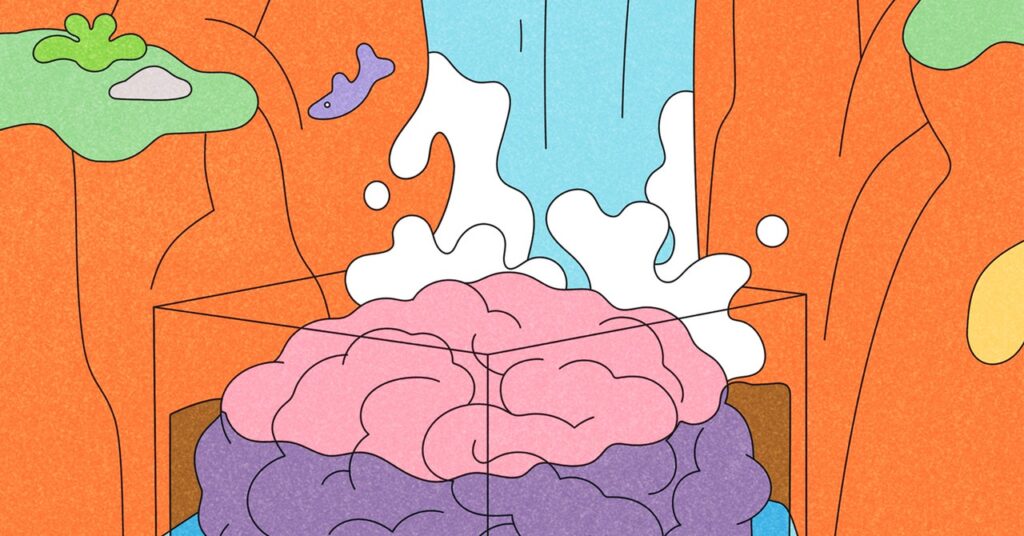In 2025, AI and climate change, two of the biggest societal aggressors we are facing, will collide.
summer of 2024 he broke the record It is the hottest day on Earth since data collection began, sparking widespread media coverage and public debate. This also happens both years Microsoft and googleTwo major tech companies investing heavily in AI research and development missed climate targets. While this also made headlines and sparked outrage, the environmental impacts of AI are still far from being known.
In reality, the current “bigger is better” paradigm of AI—recognized by tech companies seeking ever-bigger and more powerful language models presented as solutions to all problems—comes with very significant costs to the environment. These not only generate massive amounts of energy to power the data centers that run tools like ChatGPT and Midjourney, but also ensure that the millions of gallons of fresh water pumped through these data centers aren’t tons of rare earth metals. necessary to build the hardware they contain.
Data centers already use it 2 percent of electricity worldwide. In countries such as Ireland, this number rises to a fifth of the electricity generated, prompting the Irish government to declare one. effective moratorium in new data centers until 2028. Although much of the energy used to power data centers is officially “carbon neutral”, this is based on mechanisms such as renewable energy credits. do not change the creation mode.
places like Data Center AlleyIn Virginia they are mostly powered by renewable energy sources such as natural gasand energy providers are delaying the retirement of coal-fired power plants to keep going increase demands Technologies like AI. Data centers are drawing large amounts of fresh water from scarce aquifers, pitting local communities against data center providers. Arizona to Spain. In Taiwanthe government chose to allocate precious water resources to chip manufacturing facilities to meet growing demands, rather than allowing local farmers to use them to irrigate crops during the country’s worst drought in more than a century.
My recent research shows that switching from old standard AI models (trained to do a single task like question answering) to new generative models can make the most of it. 30 times more energy to answer the same set of questions. Even the tech companies that are increasingly adding generative AI models to everything from search engines to word processing software are not disclosing the carbon cost of these changes; we still don’t know how much energy is used when chatting or creating with ChatGPT. An image with Gemini from Google.
Much of the Big Tech discourse around the environmental impacts of AI has followed one of two paths: Either it’s not really a problem (according to Bill Gates), or an energetic breakthrough will come and things will be magically resolved (according to him Sam Altman). What we really need is greater transparency around the environmental impacts of AI, for example through voluntary initiatives AI Energy Star The project I’m leading would help users compare the energy efficiency of AI models to make informed decisions. I predict that in 2025 such voluntary initiatives will begin to be enacted through legislation, from national governments to intergovernmental organizations such as the United Nations. In 2025, with more research, public awareness and regulation, we will finally begin to understand. The environmental footprint of AI and taking the necessary measures to reduce it.
2024-12-18 09:00:00
https://media.wired.com/photos/673f2a148ef0ba1440b1dc9c/191:100/w_1280,c_limit/WW25-Environment-SL-Takahashi-Ayumi.jpg

